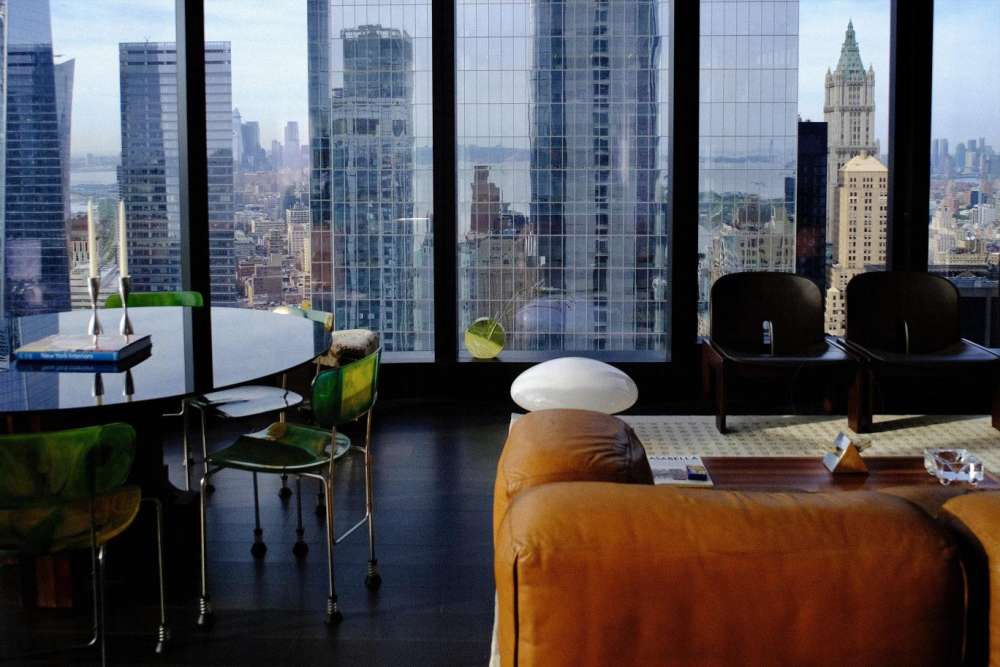Modernab in New York City

MODERNAB IN NEW YORK CITY
Modernab is glad to announce its new presence in New York City as partner of the Simple Flair Apartment New York, located in Greenwich, Lower Manhattan. This intriguing space will feature a curated selection of historical design furniture from international designers. Visitors are invited to explore timeless pieces that highlight the evolution of mid-century modern design. The collection is refreshed periodically, offering new and distinctive objects from our extensive archive.

Consistent with our vision, the New York City showcase embodies an innovative concept to enhance the historical design, that in displaying the objects where they truly belong: at home. In collaboration with Simple Flair, the apartment is a curated household where spaces, objects, brands, people, and stories come together to create meaningful connections. More than just a showcase, Modernab is honored to bring its distinctive vision to this international platform.
To book a visit, contact us at info@modernabgallery.com
